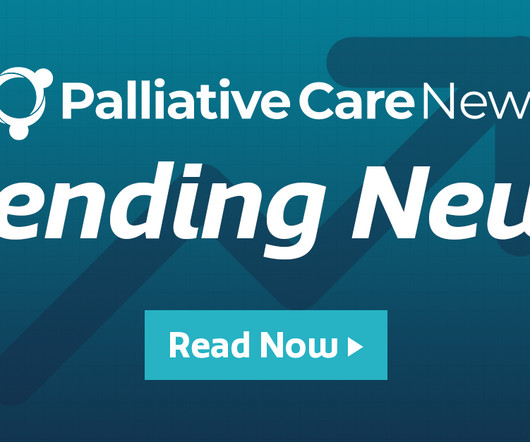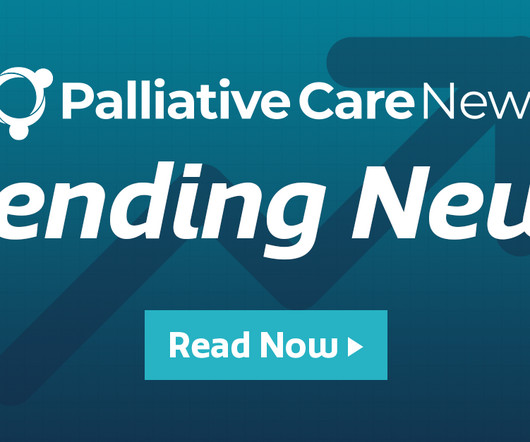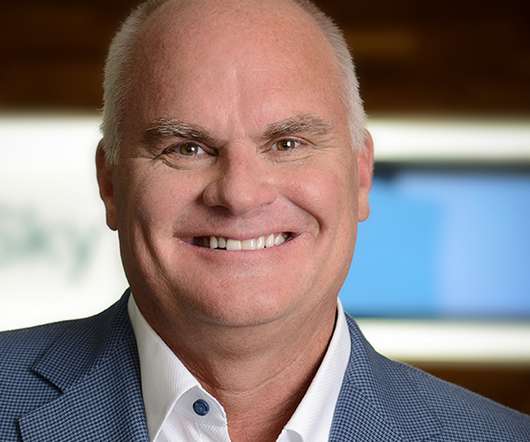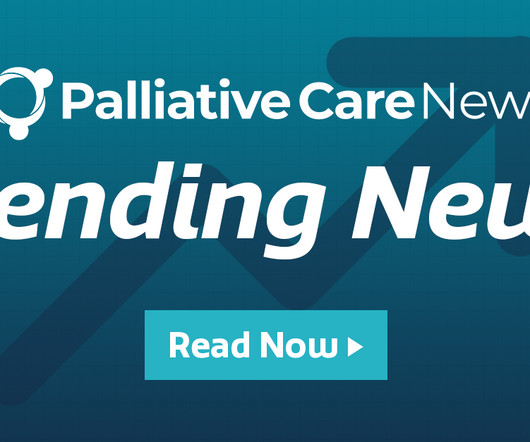5 ‘Hidden Gem’ Palliative Care News Stories in 2024
Hospice News
DECEMBER 27, 2024
Palliative care providers have explored diverse routes to improve quality and access to their services in 2024. The topics spanned evolving reimbursement trends, innovative care delivery partnerships and research examining the biggest barriers among undeserved populations.















Let's personalize your content